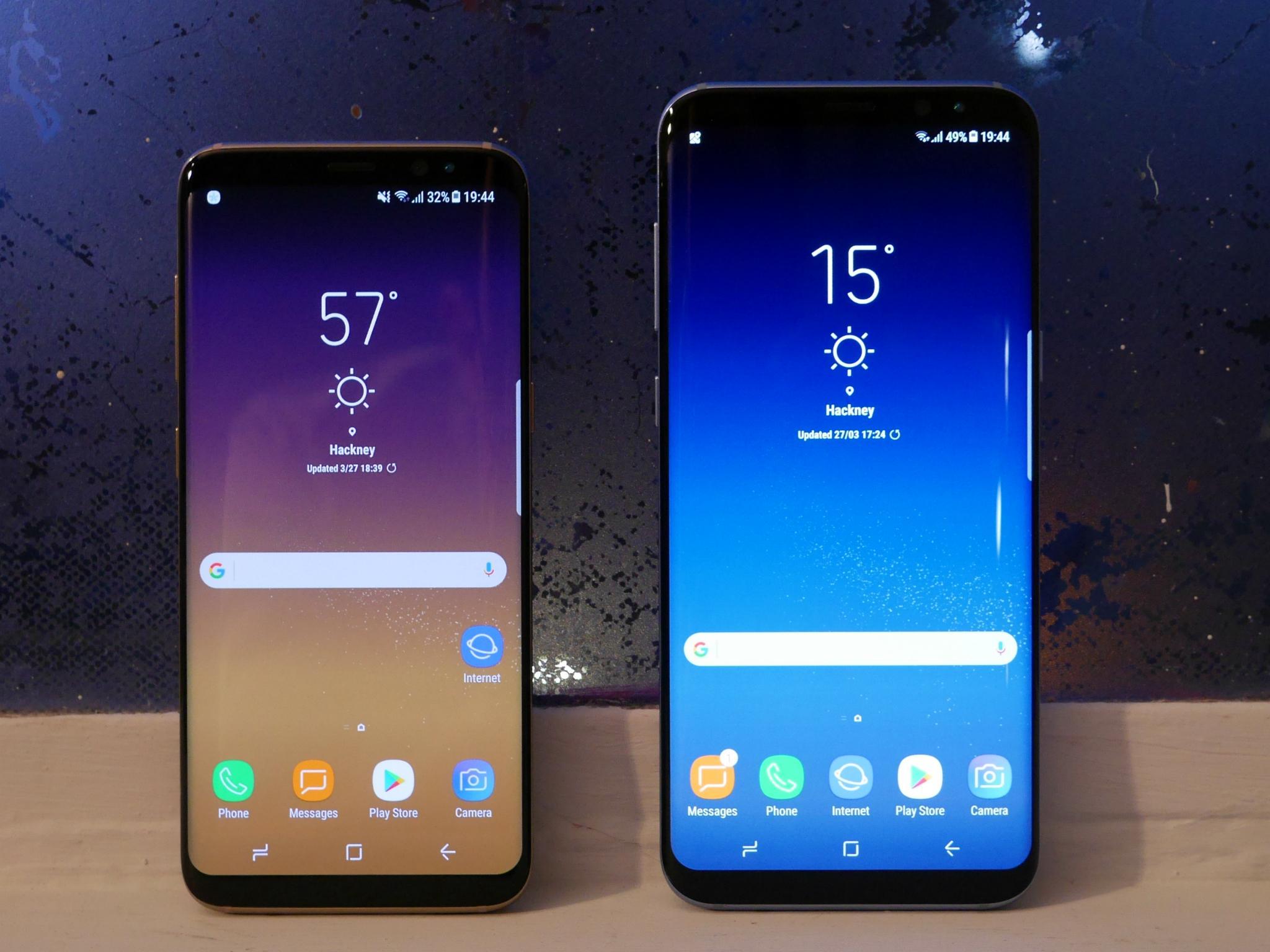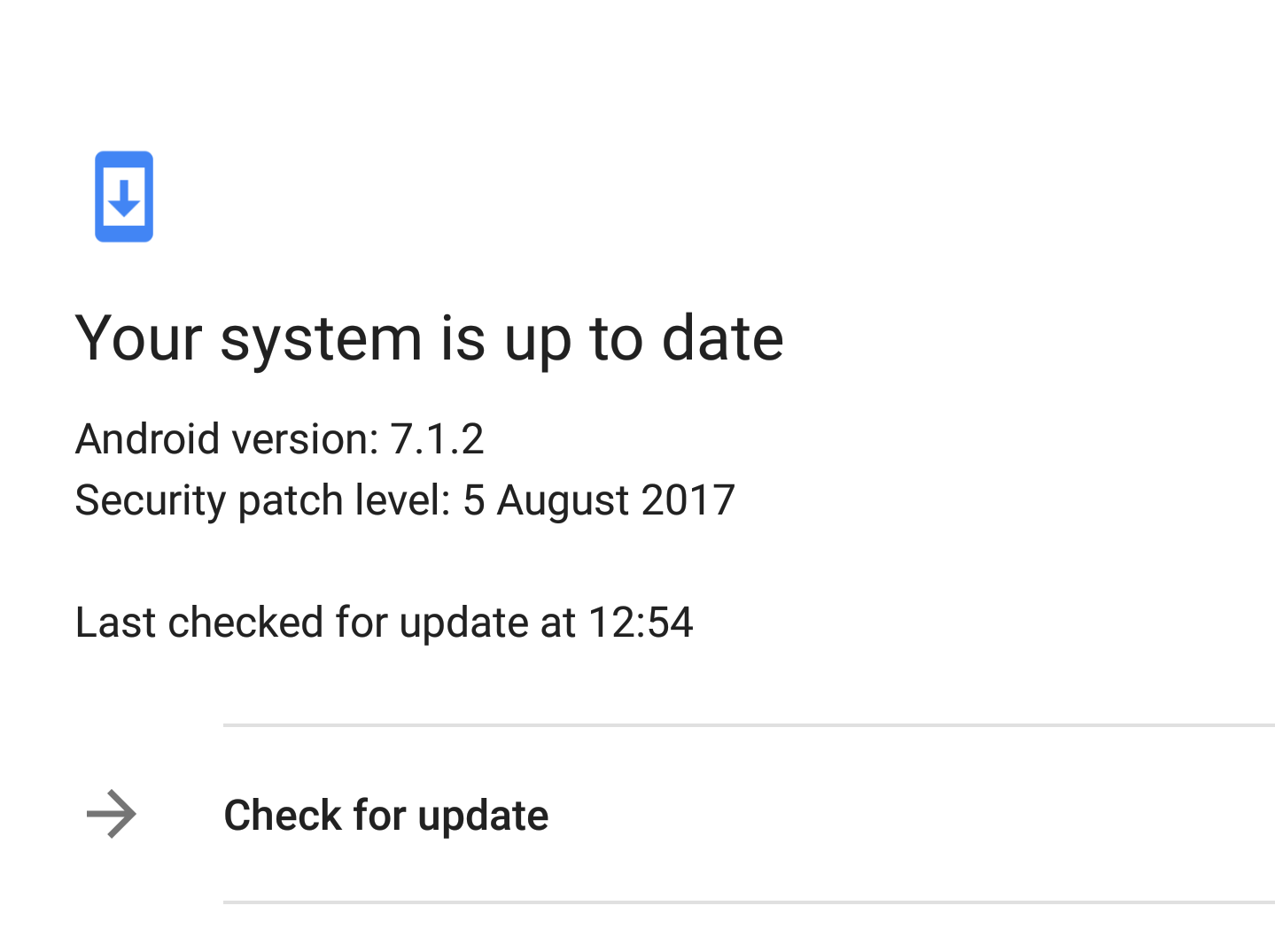Android Oreo updates: How to make sure your phone is always as great as possible
The latest version of the operating system is here, but you might not be able to access it for a little while

Your support helps us to tell the story
From reproductive rights to climate change to Big Tech, The Independent is on the ground when the story is developing. Whether it's investigating the financials of Elon Musk's pro-Trump PAC or producing our latest documentary, 'The A Word', which shines a light on the American women fighting for reproductive rights, we know how important it is to parse out the facts from the messaging.
At such a critical moment in US history, we need reporters on the ground. Your donation allows us to keep sending journalists to speak to both sides of the story.
The Independent is trusted by Americans across the entire political spectrum. And unlike many other quality news outlets, we choose not to lock Americans out of our reporting and analysis with paywalls. We believe quality journalism should be available to everyone, paid for by those who can afford it.
Your support makes all the difference.Google has officially unveiled Android 8.0 Oreo, the latest version of its mobile operating system.
It follows Cupcake, Donut, Eclair, Froyo, Gingerbread, Honeycomb, Ice Cream Sandwich, Jelly Bean, KitKat, Lollipop, Marshmallow and Nougat, and introduces brand new functionality to smartphones and tablets, including a battery-saving feature, redesigned emoji and a new notification system.
However, most Android users won’t get a taste of Oreo for a little while yet.
Beyond Pixel and Nexus
Oreo will be available on Google’s own handsets – the Pixel and Nexus 5X and Nexus 6P – “soon”. That likely means a matter of weeks.
Other manufacturers of Android phones, including Essential, Nokia, Huawei, HTC, Kyocera, LG, Motorola, Samsung, Sharp and Sony, meanwhile, are scheduled to launch new Oreo devices or upgrade existing ones to it “by the end of this year”.
That’s a significant time delay, but it’s not at all unexpected.
Android is famously fragmented, with updates coming to different devices at completely different times.

Tweaking Android
That’s partly because lots of phones built by Google’s manufacturing partners come pre-loaded with a tweaked version of Android, sporting a slightly different user interface and additional features.
I, personally, much prefer stock Android, as a lot of the extra features that tend to be thrown in are simply less-good versions of excellent Google apps, like Gmail and Chrome, and take up space. However, I know people who like the changes.
It takes time for companies like Samsung and Huawei to alter Google’s Android software to their liking and, as a result, we wouldn’t be surprised if Oreo only ended up reaching some very popular phones next year.
Unfortunately, patience doesn’t guarantee you the upgrade.

What to expect
We’re still working out which devices will be eligible for Oreo, but some consumers will inevitably end up disappointed.
Most new flagships, such as the Samsung Galaxy S8, LG G6, OnePlus 5 and HTC U11, will almost certainly receive the update, but older and less high-end models may not.
Even some of Google’s own handsets are set to miss out on Oreo.
Pixel and Nexus phones and tablets get Android version updates for at least two years after they first became available on the Google Store, but Google can’t guarantee any further Android version updates once that period of time has elapsed.
That’s why the Nexus 9 and Nexus 6, which came out in 2014, will not be bumped up to Oreo. The bad news is that if you're desperate for Oreo but aren't in line for the update, you may need to buy a new phone.

How to update
However, even if you know your phone isn’t eligible for the Oreo upgrade – in fact, even if it missed out on the Nougat update that came before it, or Marshmallow or Lollipop – it’s still extremely important to stay on top of security updates.
These will continue to roll out even if you’re not on the latest version of Android, and are designed to protect you from bugs and glitches that hackers are constantly looking to exploit.
You can find out if your device is eligible for a software update – whether that’s to a completely new version of Android or simply a more secure build – by opening your Settings menu, tapping the About Phone or About Tablet button, and selecting System Updates.
If there’s one available, we recommend downloading and installing it right away.
If, for some reason, your update fails to download, either try again when your phone notifies you that it’s available, or try to update manually at least 24 hours after you failed to download it the first time.
Join our commenting forum
Join thought-provoking conversations, follow other Independent readers and see their replies
Comments